Biography
In 1872 Lalique began his drawing education from the teacher Jean-Marie Leguien in the Turgot College. In the following four years he also learned techniques of jewelry-making and continued his drawing training at the École des Arts Décoratifs in Paris. A two-year study visit to London shaped his characteristic drawing style, which was based on natural forms and would later become important for his jewelry. When he returned to Paris, he began to make jewelry designs for various jewelers that quickly found buyers. Cartier was one of the top addresses among Parisian jewelers who appreciated his new designs. Towards the end of 1885, Lalique took over a small workshop to make his own jewelry and then went new ways. Contrary to popular belief, he attached little importance to valuable materials such as gold, pearls and precious stones. Above all, the artistic work was important to him, so cheaper materials such as enamel, ivory, horn, ordinary stones or glass were used.
"The search for the beautiful is more important than the display of luxury." Despite the simple materials, Lalique’s jewelry was very well received by the public, so that in 1890 he was able to open his own shop in a prestigious location. In 1894 he began to make stage jewelry for the actress Sarah Bernhardt. Lalique's jewelry clearly shows the influence of Art Nouveau, which was very interested in everything organic, botanical and creative, and in which animals, with a symbolic meaning, were also of great importance. Art Nouveau also loved metamorphosis, the hybrid creatures that arise from animals and humans or plants and humans. In 2016, Quittenbaum auctioned the unusual pendant 'Femme chauve souris', a nude girl with bat wings in gold and enamel. This wonderful design by Lalique attracted many bidders and was ultimately sold for 65,000 euros. The high quality jewelry of Lalique rarely find their way onto the art market.
From 1908, Lalique increasingly turned to glass art. At this time, he made perfume bottles for the perfumer François Coty for the first time. He rented a studio for glass work in Combs-la-Ville. In 1911, at a large sales exhibition in Paris, Lalique presented exclusively works made of glass for the first time. From this point on he gave up jewelry and devoted himself entirely to glass art.
During the First World War, Lalique had utility glass made for the pharmaceutical industry in his Combs-la-Ville workshop. After the war, he returned to handcrafted glass production. In 1921 he opened another factory in Wingen-sur-Moder, which is still the production site of the Lalique company.
At the 1925 arts and crafts exhibition in Paris, the term Art Deco was used for the style to which many of the works and products made by Lalique since 1920 belong to. In the following years Lalique participated in the design of important churches, public buildings and department stores. His company designed and manufactured hood ornaments for the car brands Citroën, Bentley, Bugatti, Hispano-Suiza, Rolls-Royce and Voisin. Lalique vases, bottles and glass figures were known and sought after all over the world. In the second half of the 1930s, Lalique was at the peak of his success as an artistic entrepreneur.
Cire-Perdue - Lalique’s glass work is a sought-after collector's item that can be found in all shapes and colors on the market. Among them may be real treasures like the unique lidded box that was offered by Quittenbaum in November 2017. It was a 'cire-perdue', which literally means lost wax. In the so-called lost wax process, both the model and the cast are destroyed during the casting and a unique, un-recreatable object remains. Such a rare find accumulated a lot of interest and resulted in a sale of 28,000 euros. In other processes, the mold can be reused over and over again, or there is the possibility to produce new molds using a model.
Although some models of Laliques were produced in large numbers, there are considerable differences between the pieces. Since every object is ground, polished or matted by hand, qualitative differences can be seen between the pieces made from the same models. Works in colored glass and with an opalescent surface are particularly popular due to their rarity. The age of the piece also plays a role in determining the value. The signature helps to narrow down the creation period and determine the authenticity.
Objects by René Lalique
-
Sold

-
Sold

-
Sold

-
Sold

René Lalique Lalique, Wingen-sur-Moder
Bowl (coupe plate) 'Poissons No. 1', 1931
Hammer Price: 500 €
-
Sold

-
Sold

-
Sold
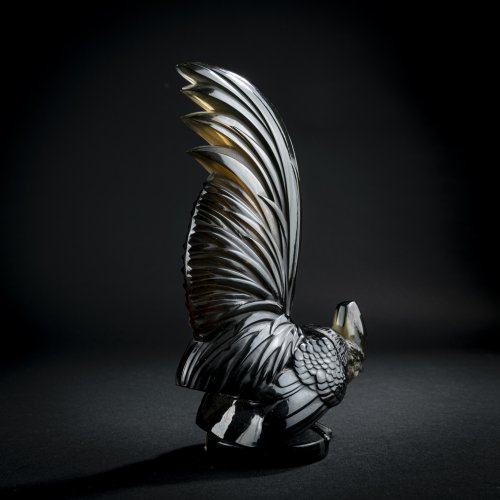
-
Sold

-
Sold

René Lalique Lalique, Wingen-sur-Moder
Three ashtrays 'Fauvettes', 1924, 'Canard', 1925 and 'Dahlias', 1931
Hammer Price: 500 €
-
Sold

-
Sold

-
Sold

-
Sold

-
Sold
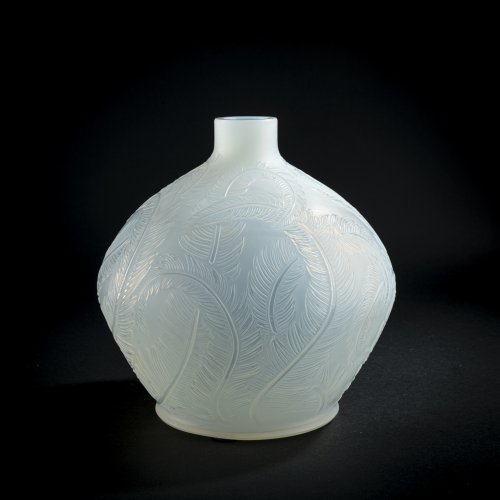
-
Sold

-
Sold

-
Sold

-
Sold

-
Sold

-
Sold

-
Sold
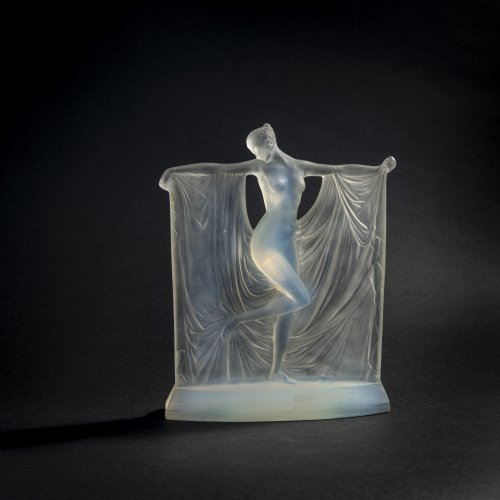
-
Sold

René Lalique Lalique, René, Wingen-sur-Moder
Jar 'Tokio' or 'Chrysanthemum', 1921
Hammer Price: 950 €
-
Sold

-
Sold
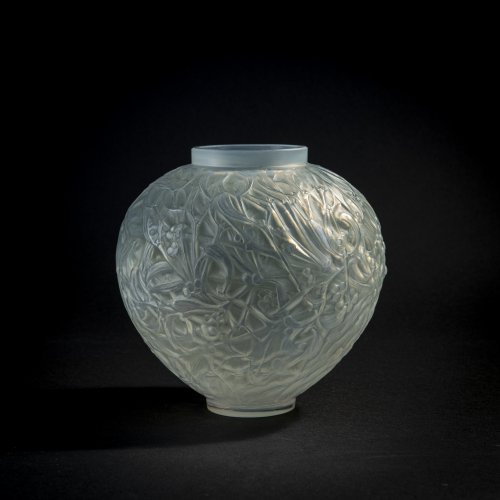
-
Sold

-
Sold

-
Sold
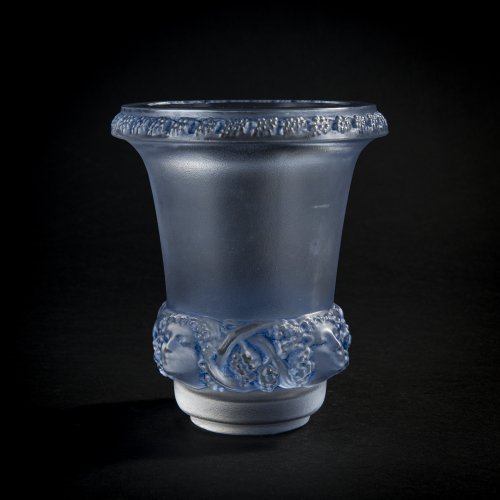
-
Sold

-
Sold

-
Sold
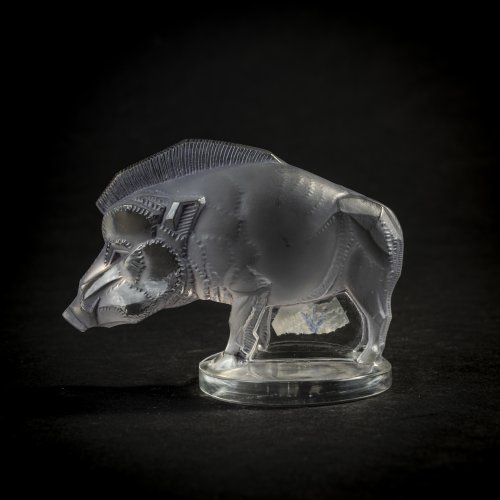
-
Sold

-
Sold

-
Sold

-
Sold
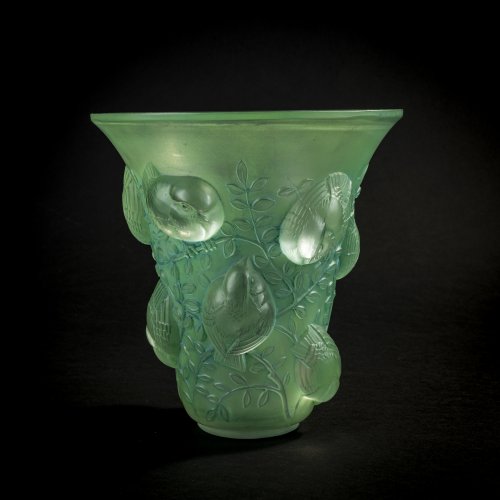
-
Sold

-
Sold

René Lalique Lalique, René, Wingen-sur-Moder
Box and cover 'Figurines et Voiles', 1929
Hammer Price: 850 €
-
Sold

-
Sold

-
Sold

-
Sold

-
Sold

-
Sold
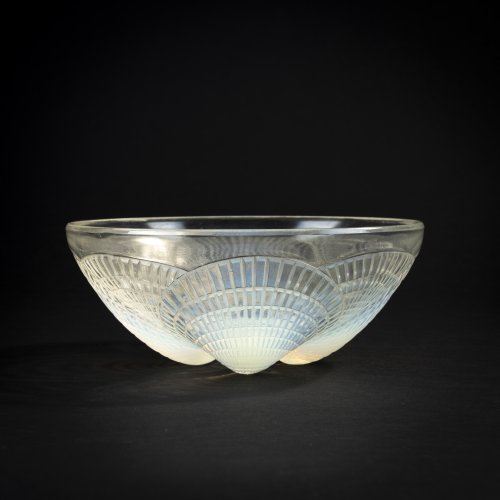
-
Sold

-
Sold

-
Sold

René Lalique Lalique, René, Combs-la-Ville/Wingen-sur-Moder
Vase 'Archers', 1921
Hammer Price: 5,000 €
-
Sold

René Lalique Lalique, René, Combs-la-Ville/Wingen-sur-Moder
Vase 'Ronces', 1921
Hammer Price: 3,500 €
-
Sold

-
Sold
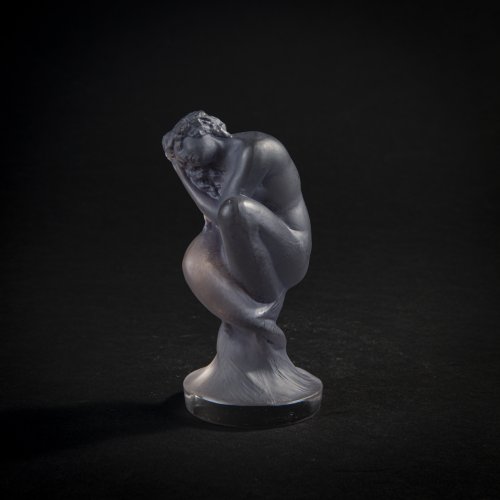
René Lalique Lalique, René, Combs-la-Ville/Wingen-sur-Moder
Figure 'Sirène', 1920
Hammer Price: 1,400 €
-
Sold
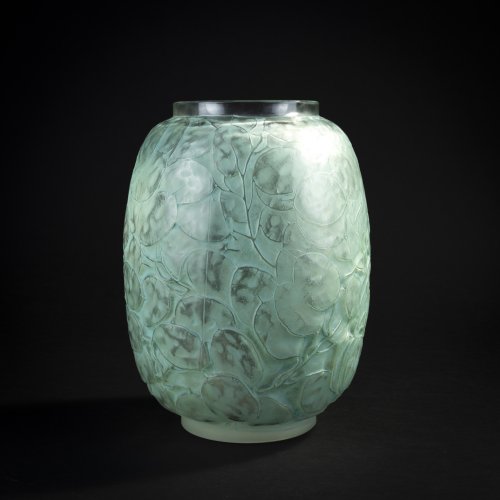
René Lalique Lalique, René, Combs-la-Ville/Wingen-sur-Moder
Vase 'Monnaie du pape, 1914
Hammer Price: 1,500 €
-
Sold
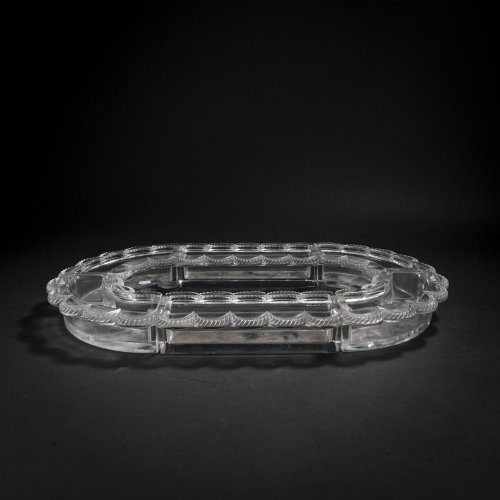
-
Sold

-
Sold

-
Sold
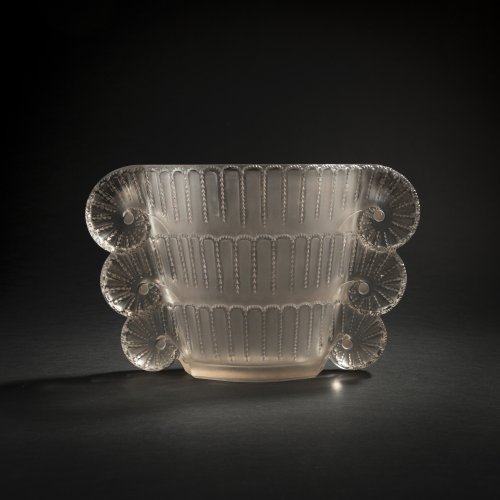
-
Sold

-
Sold

René Lalique Lalique, Wingen-sur-Moder
Figure (Sujet religieux) 'Vierge à l'enfant', 1934
Hammer Price: 400 €
-
Sold
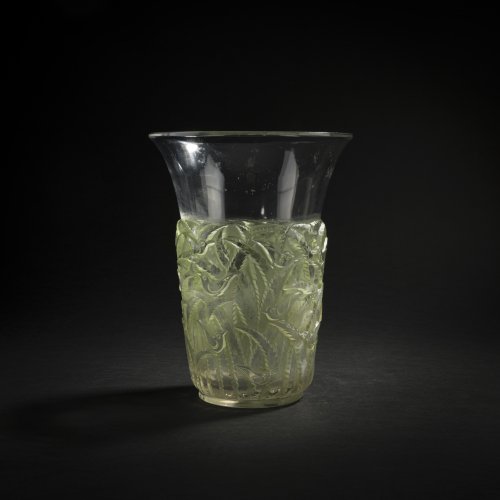
-
Sold
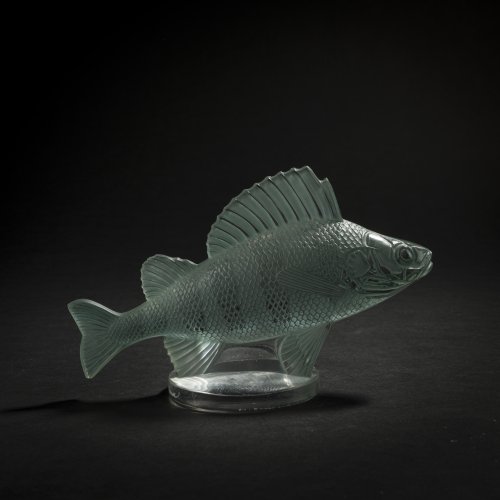
-
Sold

-
Sold
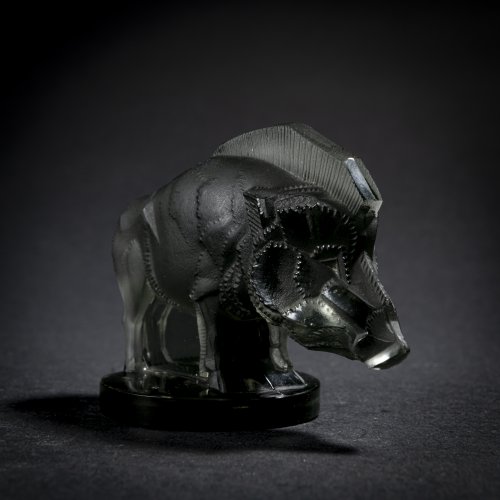
-
Sold

-
Sold

-
Sold
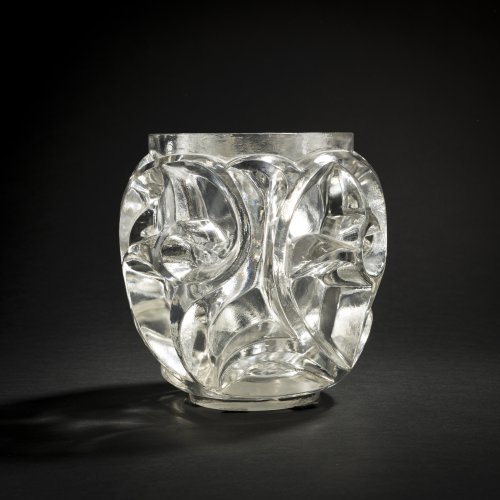
-
Sold

René Lalique Lalique, Wingen-sur-Moder
Vase 'Huit Perruches' or 'Ceylan', 1924
Hammer Price: 4,200 €
-
Sold

-
Sold
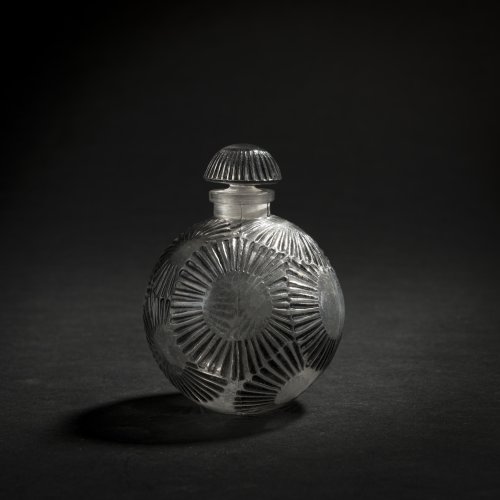
René Lalique Lalique, Wingen-sur-Moder
Bottle 'Fée' or 'Ganika' for D'Orsay, 1923
Hammer Price: 380 €
-
Sold

René Lalique Lalique, René, Combs-la-Ville/Wingen-sur-Moder
'Chiens N° 1' bowl, 1921
Hammer Price: 550 €
-
Sold
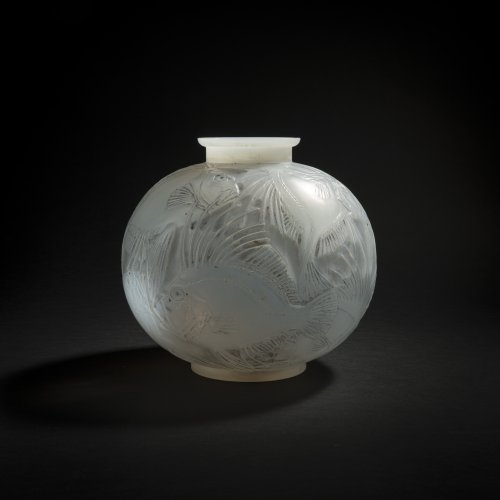
-
Sold

René Lalique Robj, Paris: Lalique, Wingen-sur-Moder
Brûle parfum 'Raisins' for Robj, Paris, 1921
Hammer Price: 600 €
-
Sold
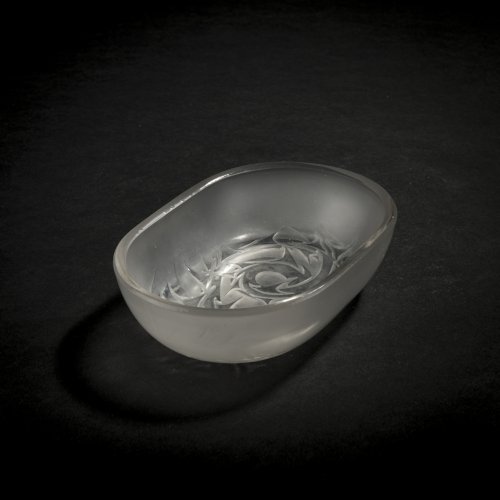
-
Sold

-
Sold

-
Sold
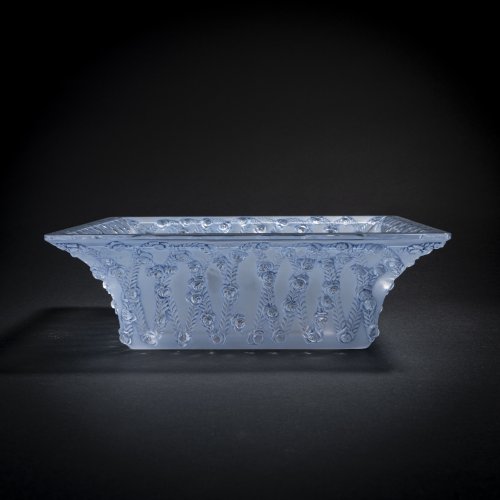
-
Sold

-
Sold

Marc Lalique, René Lalique Lalique, Wingen-sur-Moder
Two paperweights/ decorative objects 'Anémones ouverte', 1931
Hammer Price: 150 €
-
Sold

-
Sold
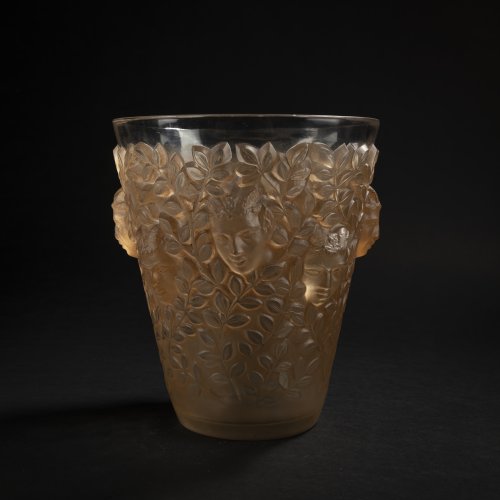
-
Sold

-
Sold
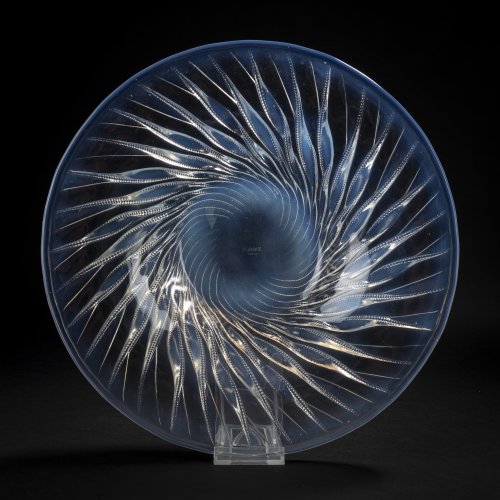
René Lalique Lalique, René, Wingen-sur-Moder
Bowl (coupe ouverte) 'Algues', 1933
Hammer Price: 700 €
-
Sold
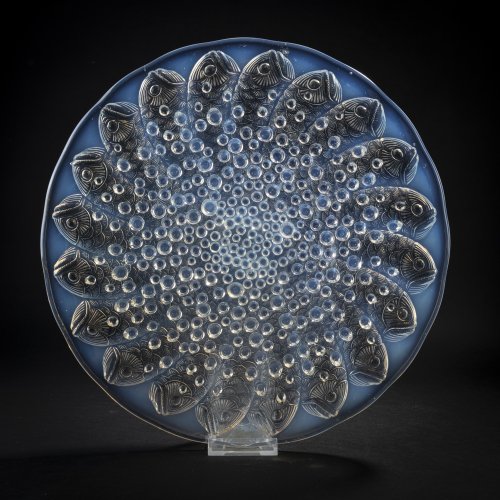
-
Sold

-
Sold

-
Sold

-
Sold

René Lalique Lalique, René, Wingen-sur-Moder
Vase 'Ormeaux' or 'Feuillages', 1926
Hammer Price: 700 €
-
Sold
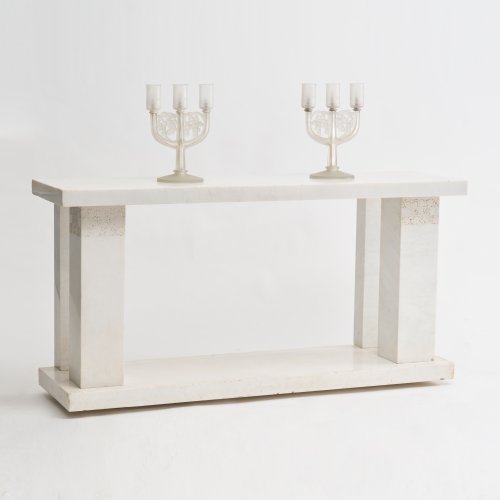
-
Sold

René Lalique Lalique, René, Wingen-sur-Moder
Two candlesticks 'Trois branches raisins', 1924
Hammer Price: 26,000 €
-
Sold

René Lalique Lalique, René, Winfen-sur-Moder
Vase 'Druid' or 'Gui de Chêne, 1924
Hammer Price: 1,900 €
-
Sold
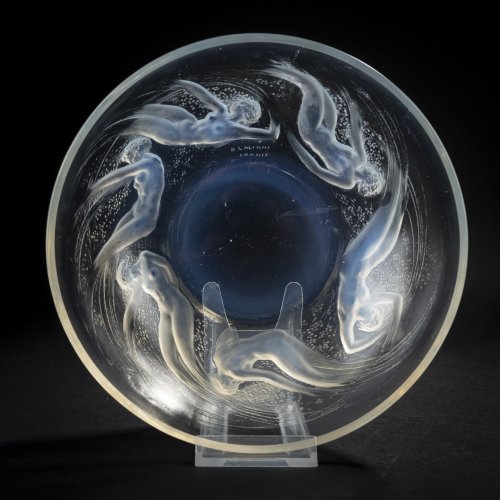
René Lalique Lalique, René, Combs-la-Ville/Wingen-sur-Moder
Bowl (coupe ouverte) 'Ondines', 1921
Hammer Price: 900 €
-
Sold

René Lalique Lalique, René, Combs-la-Ville/Wingen-sur-Moder
'Volubilis' bowl, 1921
Hammer Price: 450 €
-
Sold

René Lalique Lalique, René, Combs-la-Ville/Wingen-sur-Moder
Bowl (coupe refermée) 'Ondines', 1921
Hammer Price: 550 €
-
Sold

René Lalique Lalique, René, Combs-la-Ville/Wingen-sur-Moder
'Hirondelles' ceiling light, 1921
Hammer Price: 11,000 €
-
Sold

-
Sold
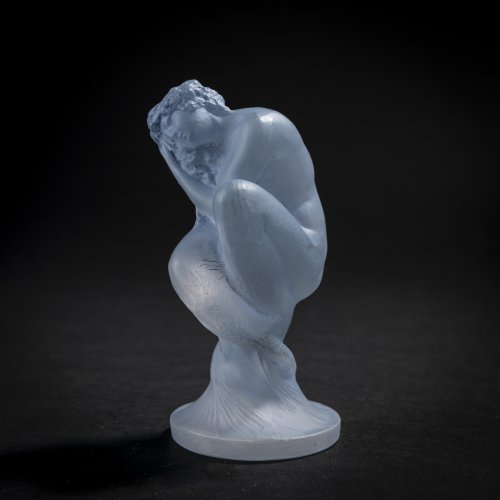
René Lalique Lalique, René, Combs-la-Ville/Wingen-sur-Moder
Sculpture 'Sirène', 1920
Hammer Price: 600 €
-
Sold
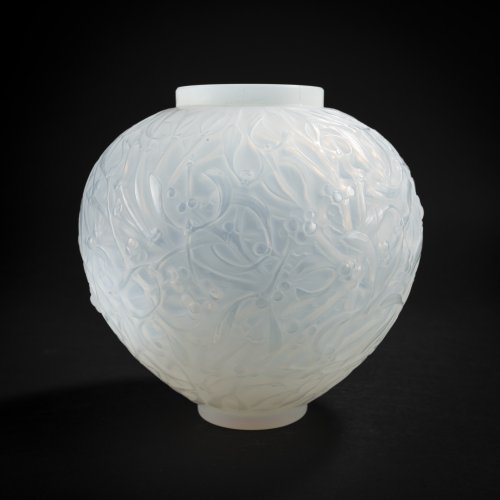
-
Sold
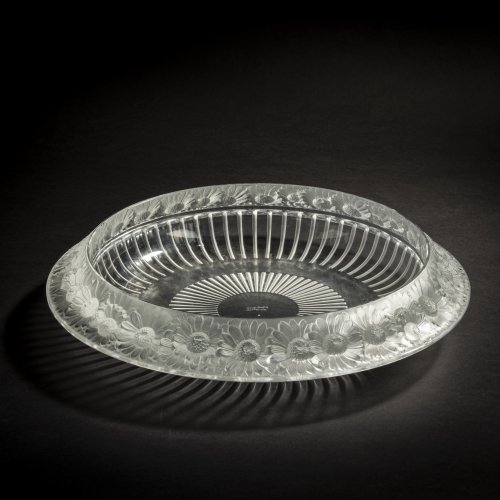
-
Sold
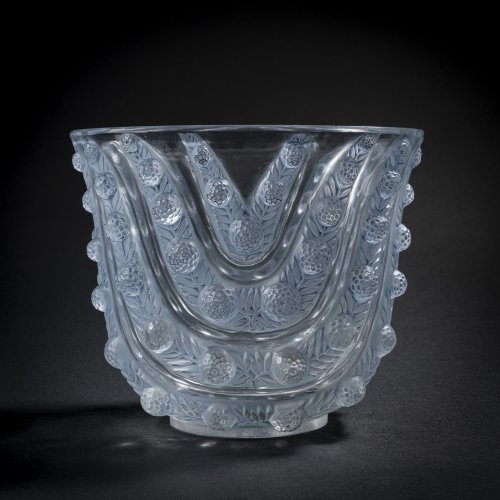
-
Sold
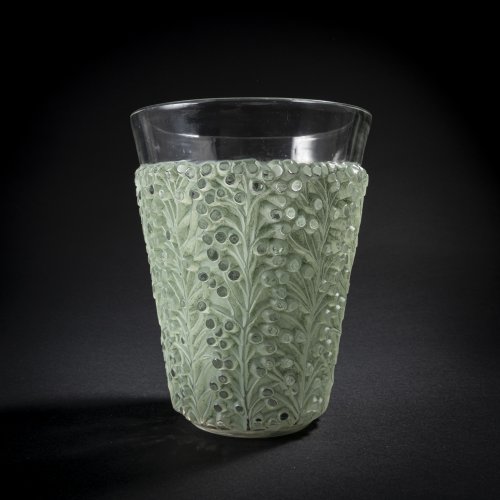
-
Sold
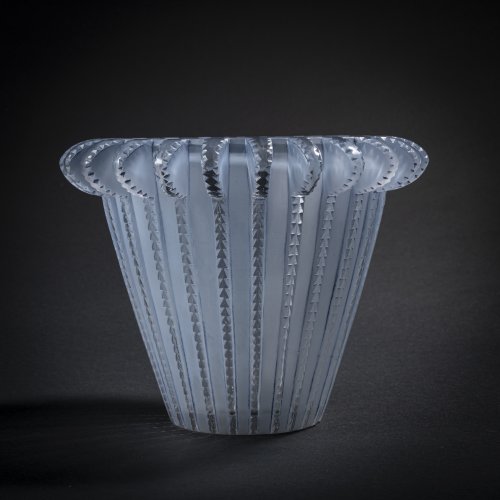
-
Sold
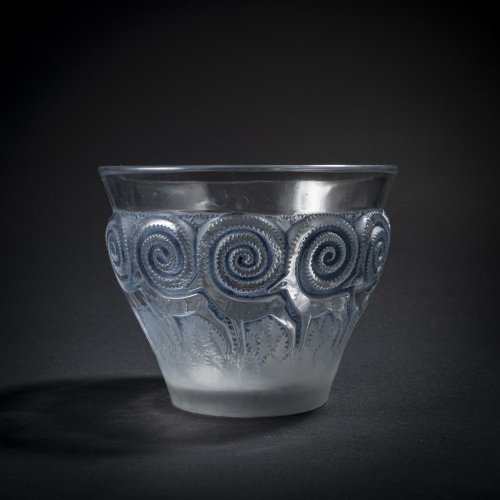
-
Sold
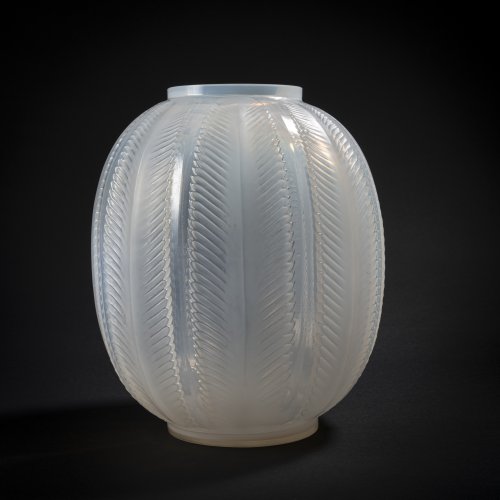
-
Sold

-
Sold
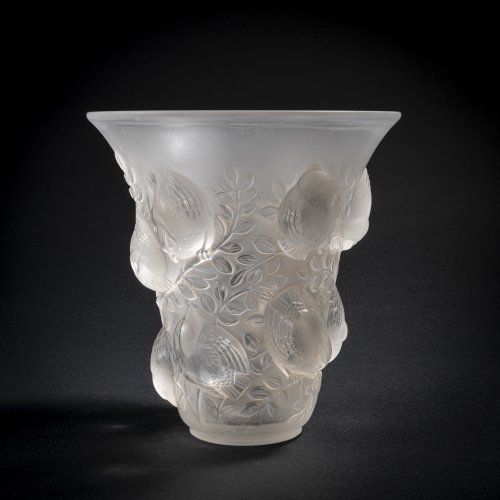
-
Sold

-
Sold

-
Sold

-
Sold

-
Sold

-
Sold
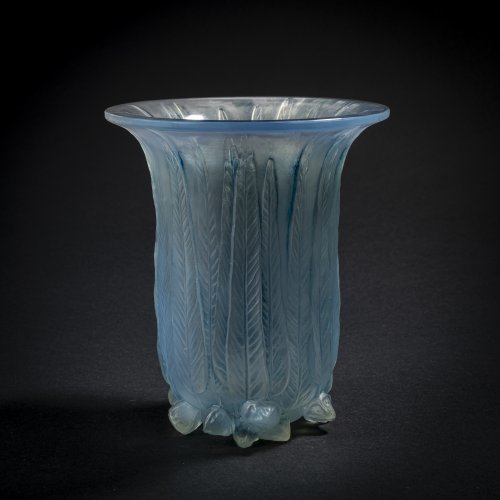
-
Sold

-
Sold
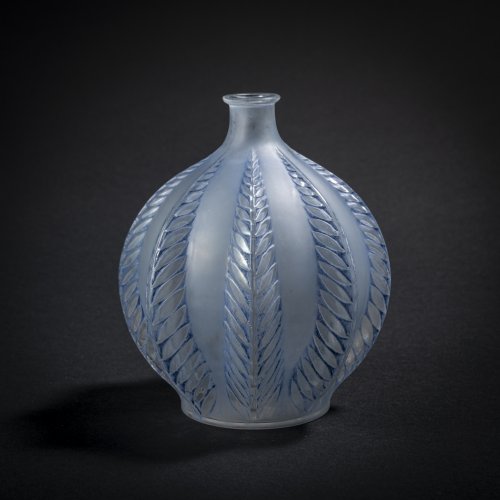
-
Sold
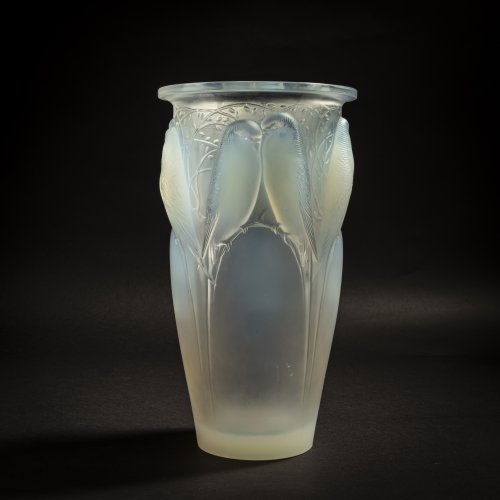
-
Sold

René Lalique Lalique, René, Wingen-sur-Moder
'Laurier' vase / brush holder, 1922
Hammer Price: 1,200 €
-
Sold

René Lalique Lalique, René, Combs-la-Ville oder Wingen-sur-Moder
'Amphitrite' flacon, 1920
Hammer Price: 1,800 €
-
Sold

-
Sold
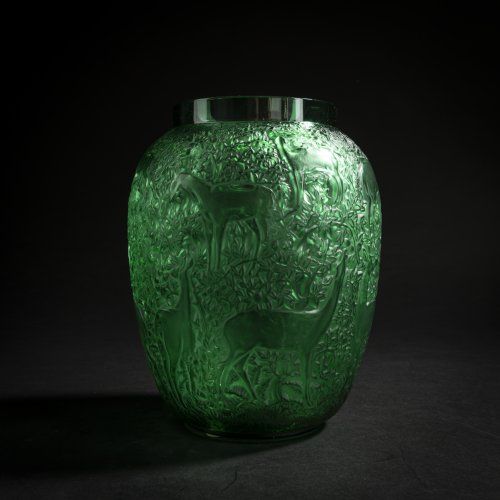
-
Sold

-
Sold

-
Sold

-
Sold

René Lalique Lalique, Wingen-sur-Moder
'Quatre têtes femmes et raisins' vase, 1939
Hammer Price: 800 €
-
Sold

-
Sold

-
Sold

-
Sold

-
Sold

-
Sold

-
Sold

-
Sold
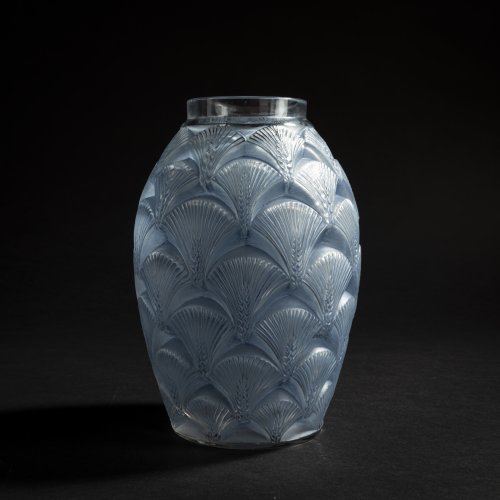
-
Sold

-
Sold

-
Sold

-
Sold
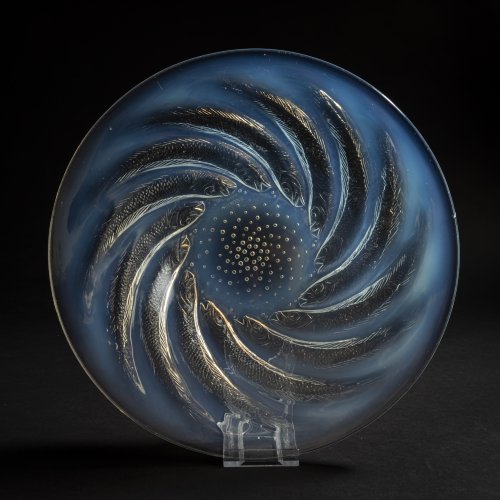
-
Sold

-
Sold

-
Sold

-
Sold
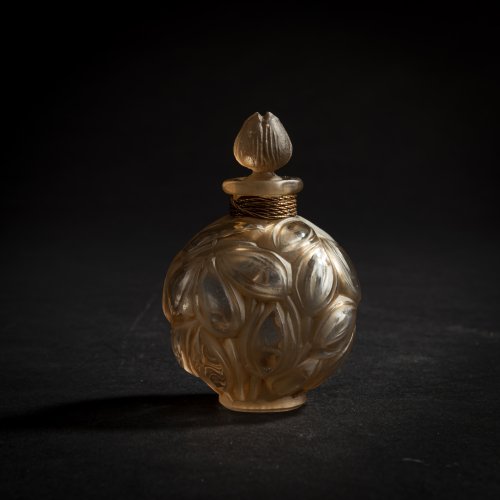
René Lalique Lalique, René, Wingen-sur-Moder
'Méchants mais charmant' perfume bottle for Jay Thorpe, 1927
Hammer Price: 480 €
-
Sold

-
Sold

-
Sold

-
Sold

-
Sold

-
Sold
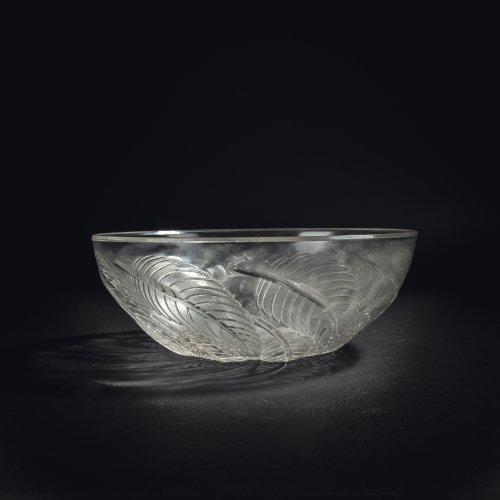
René Lalique Lalique, René, Wingen-sur-Moder
'Feuilles de Châtaignier N°1' bowl, 1922
Hammer Price: 300 €
-
Sold
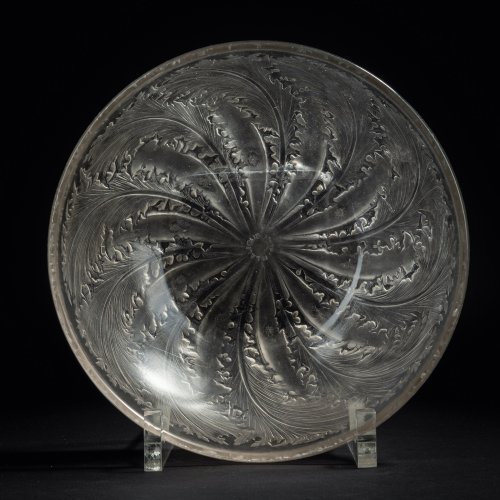
-
Sold

-
Sold

-
Sold
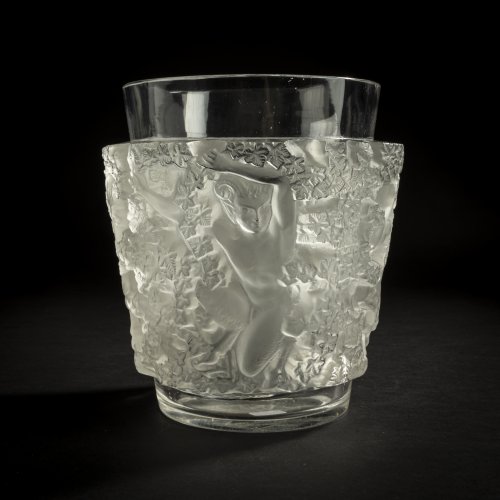
-
Sold

-
Sold

-
Sold

-
Sold

-
Sold
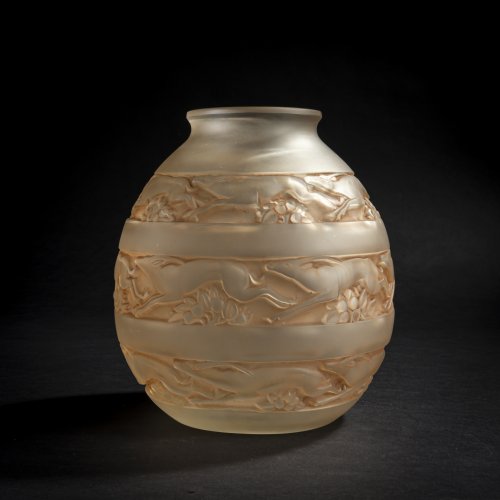
-
Sold

-
Sold

René Lalique Lalique, René, Wingen-sur-Moder
'Pavots d'argent' bottle for Roger & Gallet, 1926
Hammer Price: 800 €
-
Sold

-
Sold
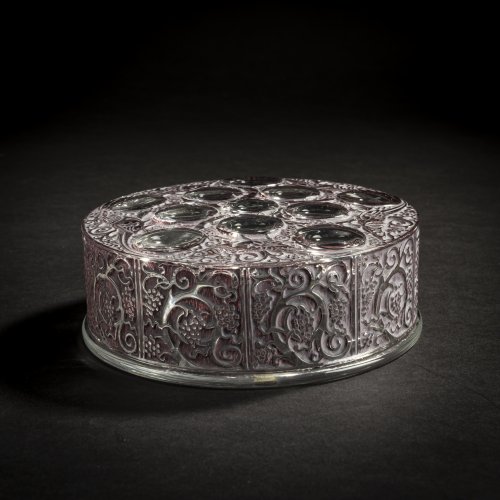
-
Sold

René Lalique Lalique, René, Wingen-sur-Moder
'Ormeaux' or 'Feuillages' vase, 1926
Hammer Price: 2,000 €
-
Sold

-
Sold
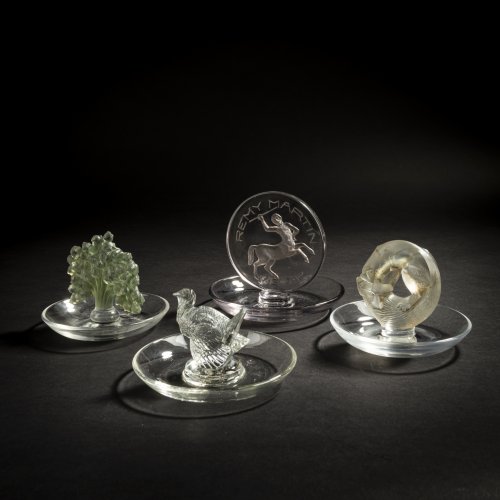
-
Sold

-
Sold
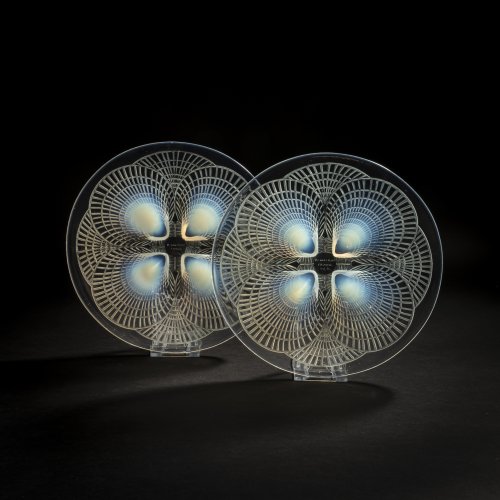
-
Sold

-
Sold

-
Sold
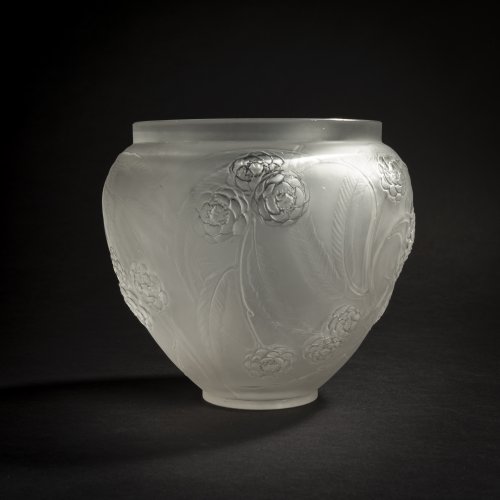
-
Sold

-
Sold
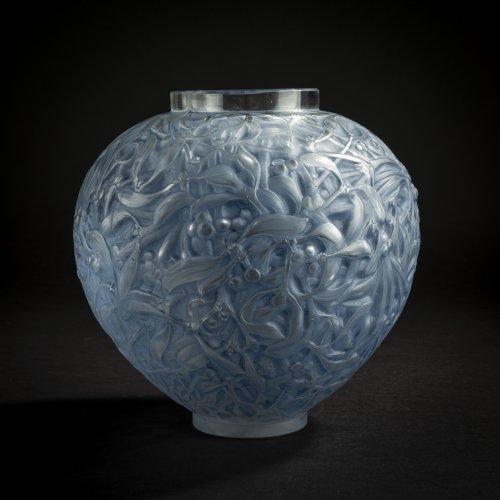
-
Sold

-
Sold
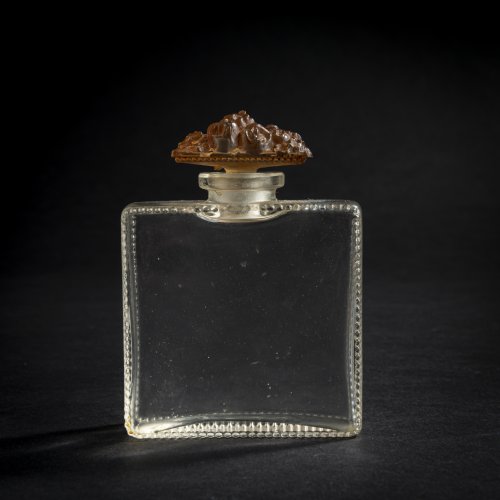
-
Sold

-
Sold

-
Sold

-
Sold

René Lalique Lalique, René, Wingen-sur-Moder
Set of two 'Mésanges' candlesticks, 1943
Hammer Price: 1,200 €
-
Sold

-
Sold
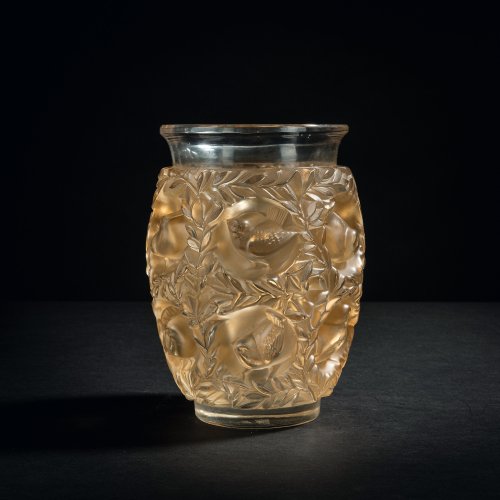
-
Sold

-
Sold

-
Sold

-
Sold

-
Sold
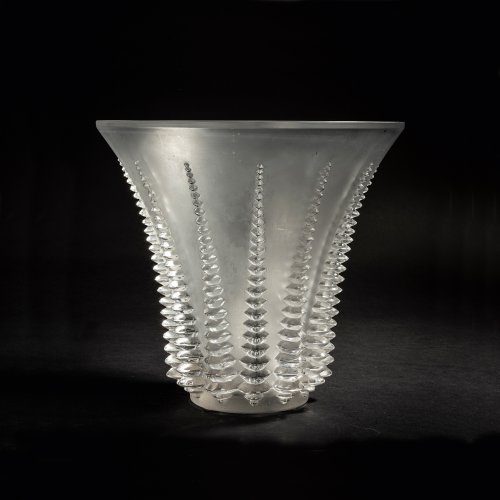
-
Sold
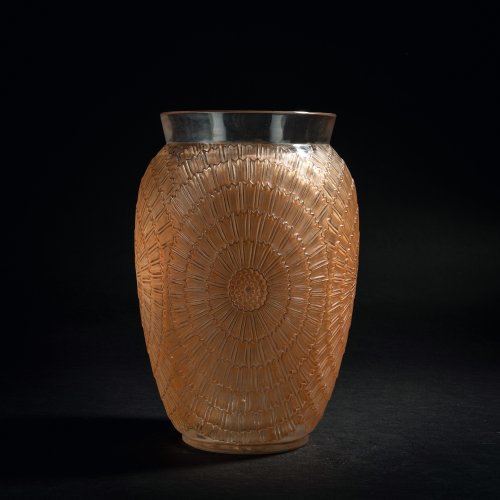
-
Sold
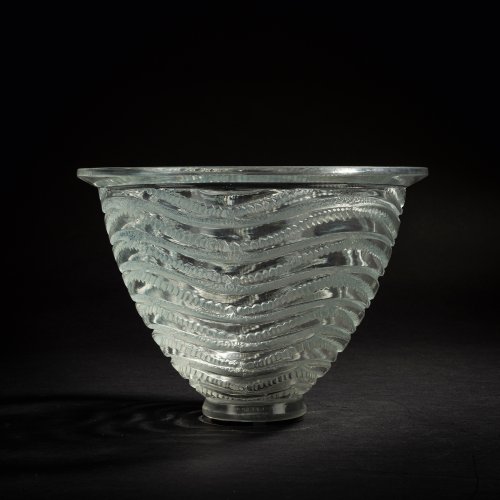
-
Sold
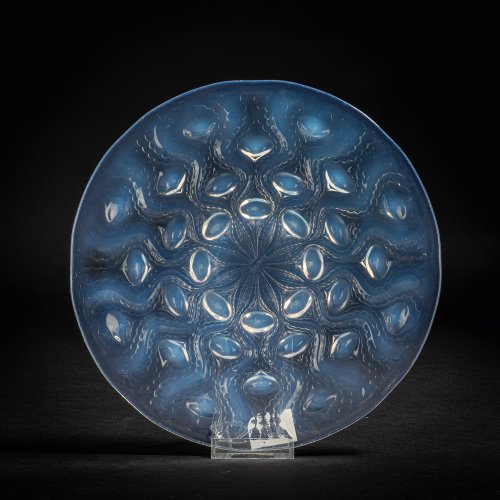
-
Sold

-
Sold

-
Sold

-
Sold

-
Sold
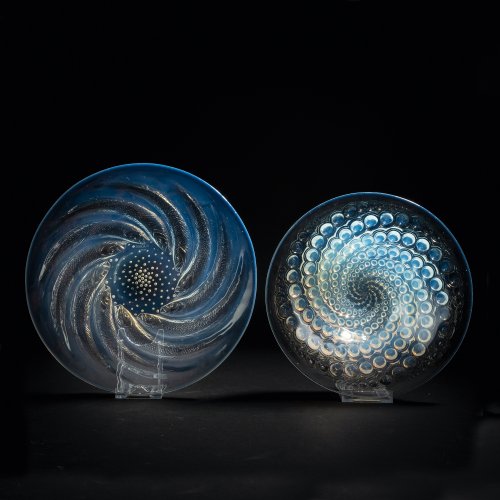
René Lalique Lalique, René, Wingen-sur-Moder
Set of 'Poissons N° 1' plate, 1931 and 'Volutes' bowl, 1934
Hammer Price: 600 €
-
Sold
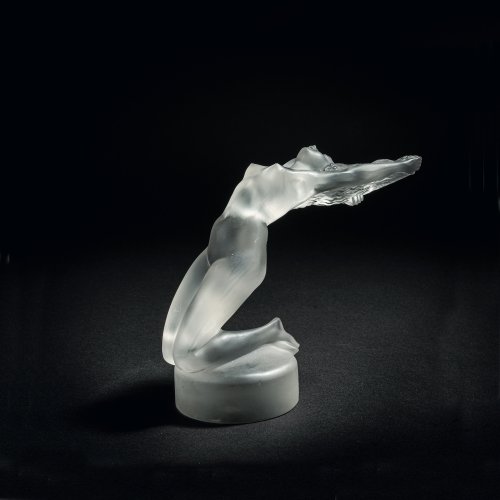
-
Sold

René Lalique Lalique, René, Wingen-sur-Moder
'Six Danseuses' table light, 1931
Hammer Price: 7,200 €
-
Sold
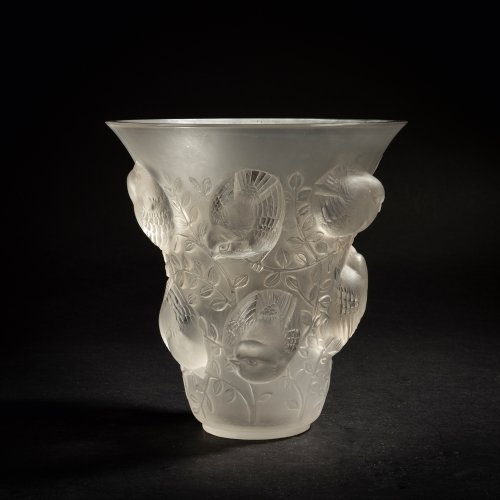
-
Sold
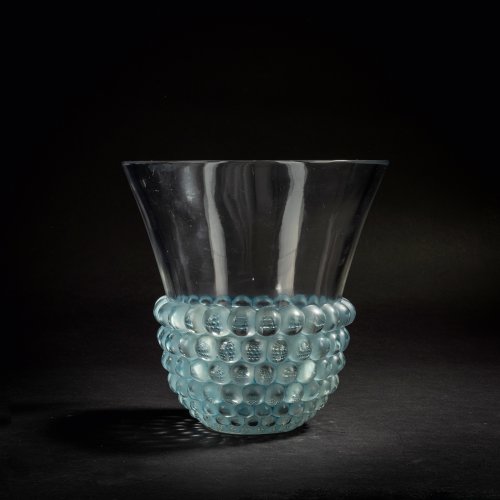
-
Sold

-
Sold

-
Sold

-
Sold

-
Sold

-
Sold
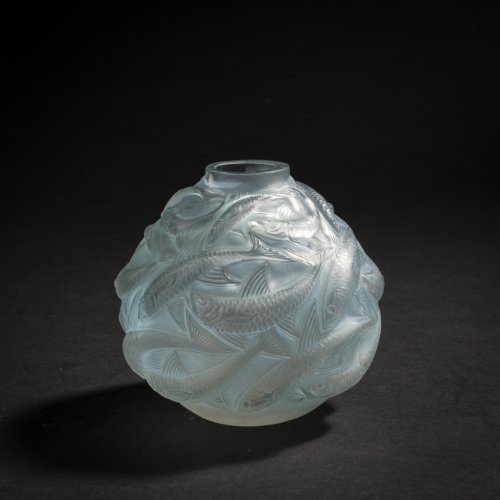
-
Sold

-
Sold
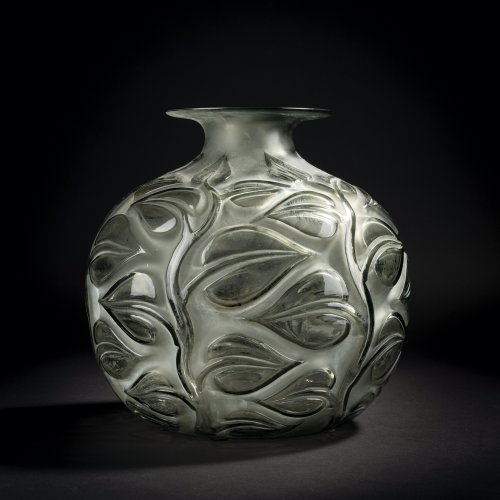
-
Sold

René Lalique Lalique, René, Wingen-sur-Moder
Set of six glasses from the 'Unawihr' service, 1926
Hammer Price: 250 €
-
Sold

-
Sold

René Lalique Lalique, René, Wingen-sur-Moder
Set of 'Coquilles' bowl and six plates 'Coquilles N° 5', 1924
Hammer Price: 950 €
-
Sold
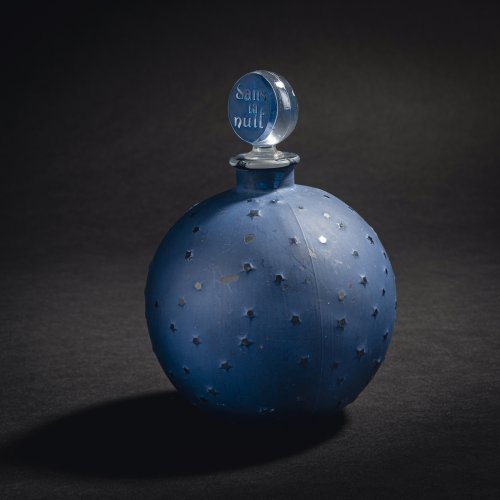
René Lalique Lalique, René, Wingen-sur-Moder
Bottle 'Dans la Nuit' for Worth, 1924.
Hammer Price: 400 €
-
Sold

René Lalique Lalique, René, Wingen-sur-Moder
Mixed lot of seven objects, 1920s - 1960s
Hammer Price: 500 €
-
Sold

-
Sold

-
Sold
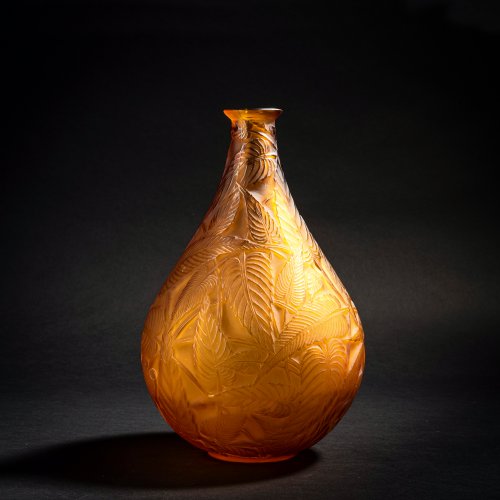
-
Sold

-
Sold
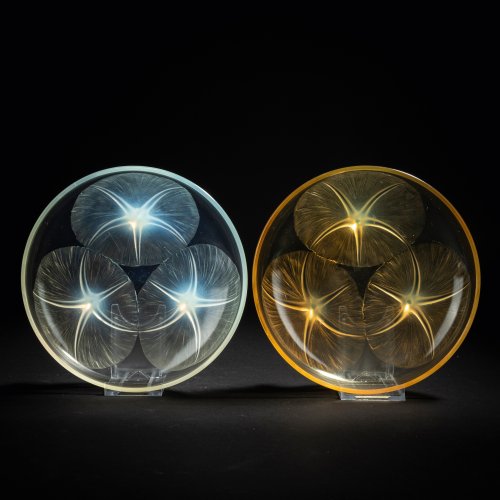
-
Sold
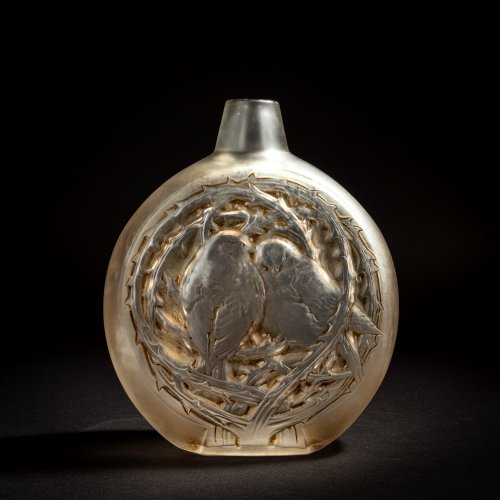
René Lalique Lalique, René, Combs-la-Ville
'Deux moineaux bavardant' vase, 1920
Hammer Price: 2,000 €
-
Sold

René Lalique Lalique, René, Combs-la-Ville
'A Cotes, Bouchon Papillons' flacon, 1911
Hammer Price: 1,300 €
-
Sold

Marc Lalique, René Lalique Lalique, René, Wingen-sur-Moder
Three vases 'Épis', 1932, 'Feuilles', 1934 and 'Hedera', 1980
Hammer Price: 650 €
-
Sold

René Lalique Lalique, René, Wingen-sur-Moder
'Madrigal' flacon for Molinard, 1944
Hammer Price: 500 €
-
Sold

René Lalique Lalique, René, Wingen-sur-Moder
Two statuettes 'Printemps' and 'Hiver' of the 'Quatre Saisons', 1939
Hammer Price: 1,000 €
-
Sold

-
Sold

-
Sold

-
Sold

-
Sold

-
Sold

-
Sold

-
Sold

-
Sold
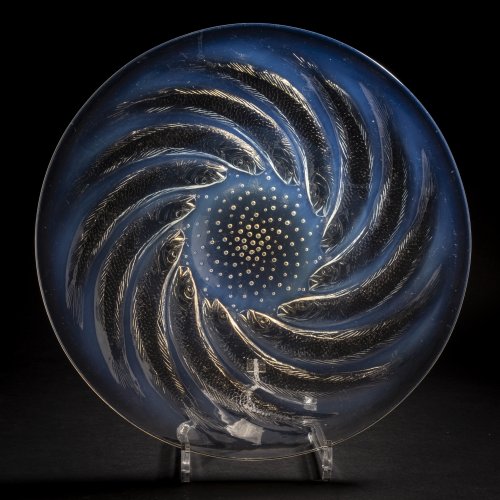
-
Sold

-
Sold

-
Sold

-
Sold

-
Sold
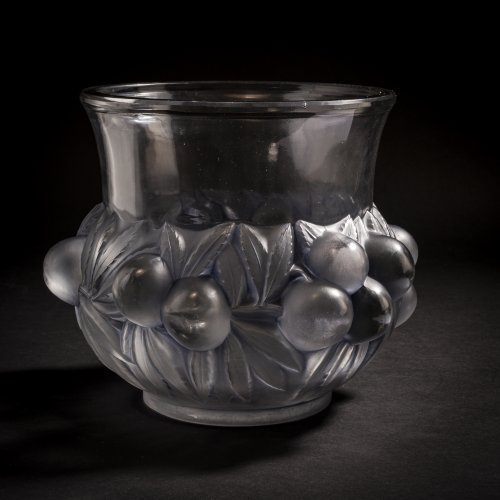
-
Sold

-
Sold

-
Sold

-
Sold

-
Sold
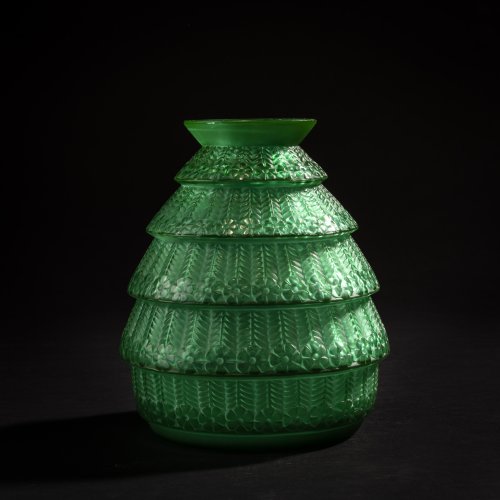
-
Sold
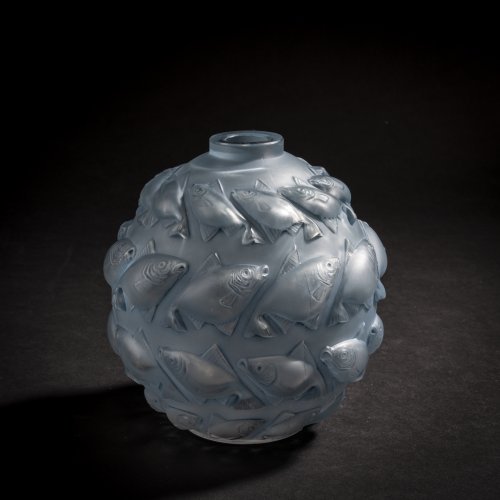
-
Sold

-
Sold

-
Sold
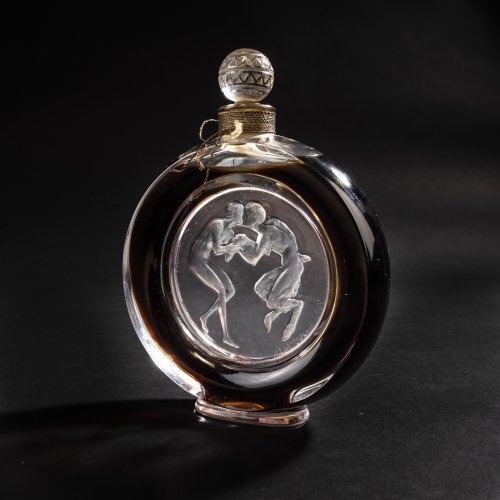
René Lalique Lalique, René, Wingen-sur-Moder
Bottle 'Le baisier du Faune' for Molinard, 1928
Hammer Price: 3,000 €
-
Sold

-
Sold

-
Sold
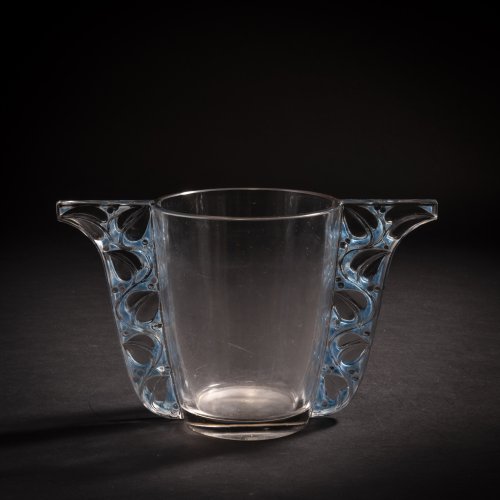
-
Sold
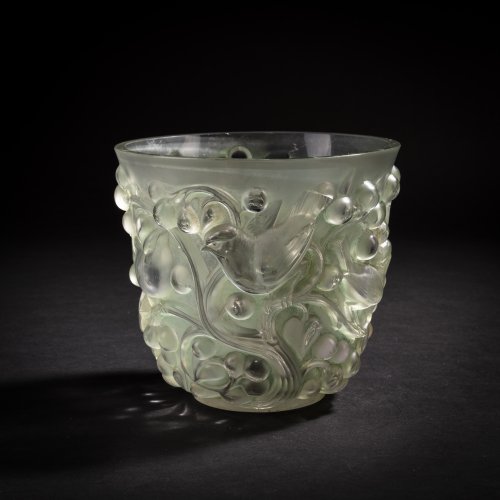
-
Sold

-
Sold

-
Sold

-
Sold

-
Sold
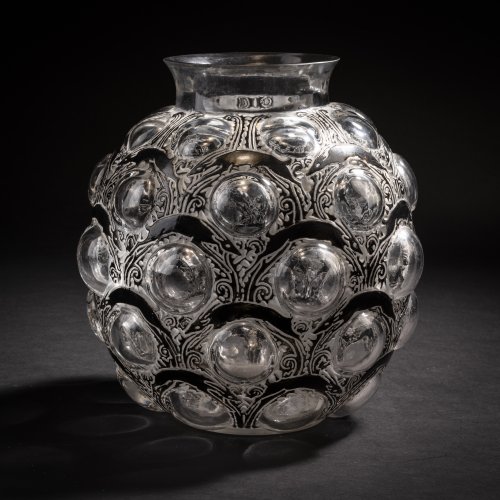
-
Sold

-
Sold
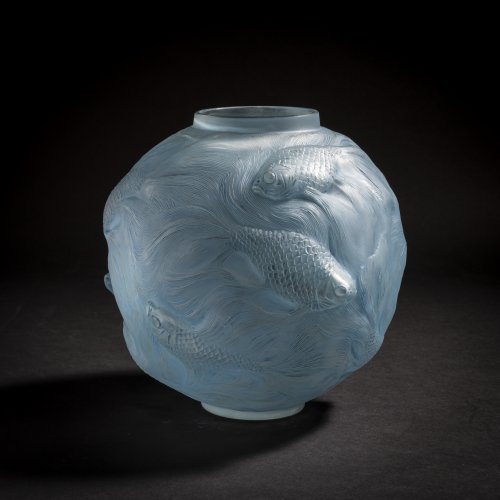
-
Sold

-
Sold

-
Sold

-
Sold

-
Sold

-
Sold

-
Sold

-
Sold

-
Sold

-
Sold

-
Sold
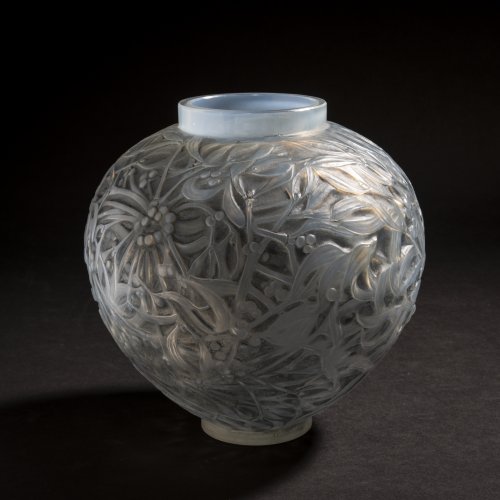
-
Sold

-
Sold

-
Sold

-
Sold

René Lalique Lalique, René, Combs-la-Ville
Three flacons for D'Orsay in original box, 1919
Hammer Price: 500 €
-
Sold

-
Sold
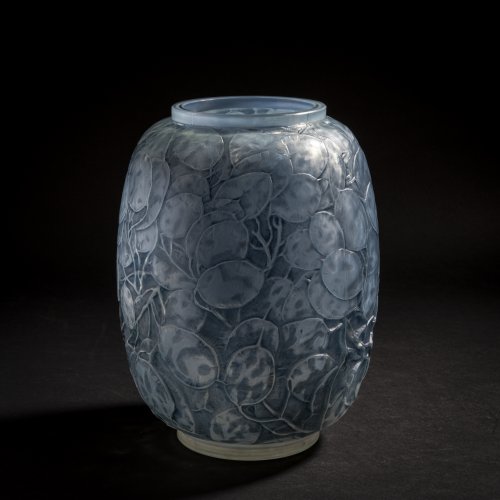
-
Sold
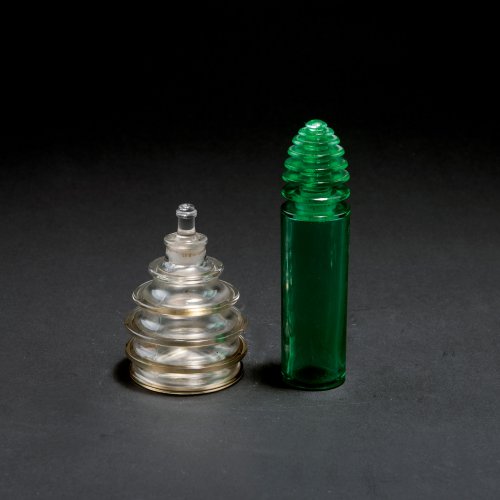
René Lalique Lalique, René, Wingen-sur-Moder
Two flacons 'Sans Adieu', 1929 and 'Imprudence', 1938 for Worth
Hammer Price: 800 €
-
Sold

René Lalique Lalique, René, Wingen-sur-Moder
Tall perfume flacon 'Dans la nuit', for Worth, 1924
Hammer Price: 200 €
-
Sold
